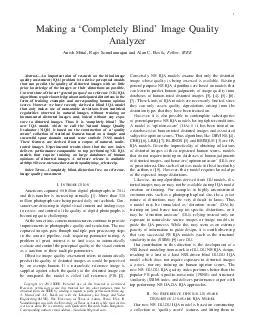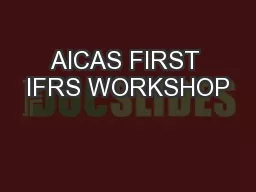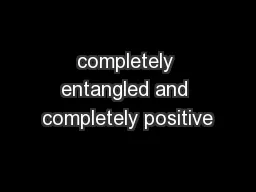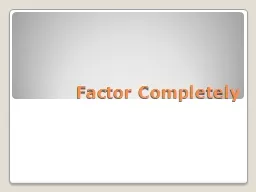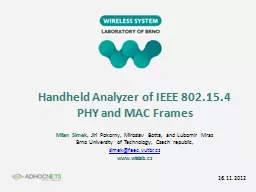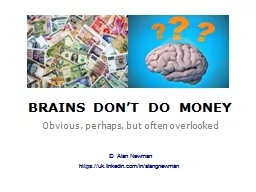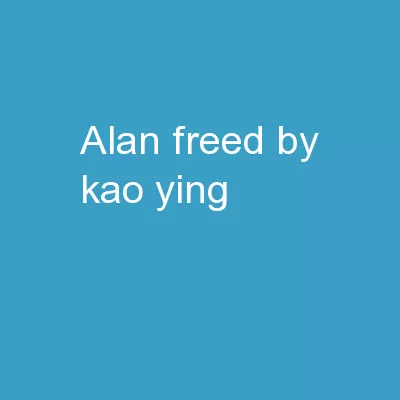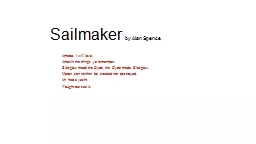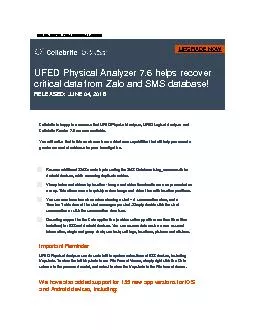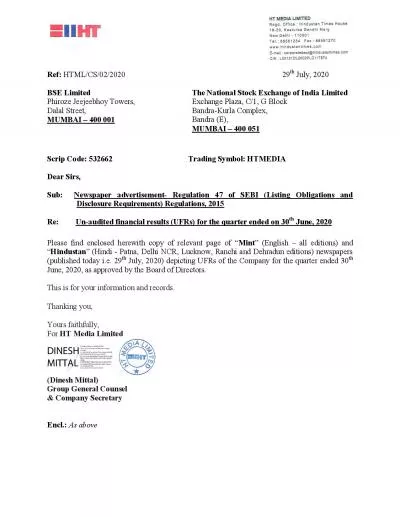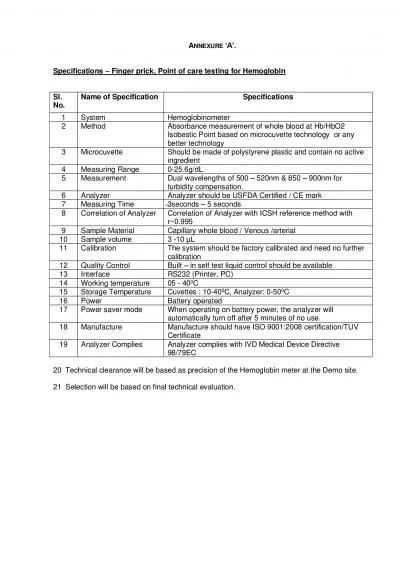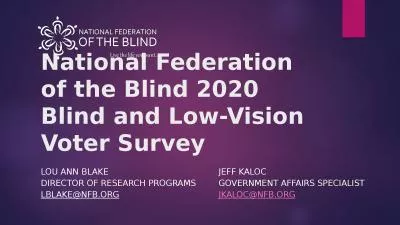PDF-Making a Completely Blind Image Quality Analyzer Anish Mittal Rajiv Soundararajan and
Author : debby-jeon | Published Date : 2015-03-08
Bovik Fellow IEEE Abstract An important aim of research on the blind image quality assessment IQA problem is to devise perceptual models that can predict the quality
Presentation Embed Code
Download Presentation
Download Presentation The PPT/PDF document "Making a Completely Blind Image Quality ..." is the property of its rightful owner. Permission is granted to download and print the materials on this website for personal, non-commercial use only, and to display it on your personal computer provided you do not modify the materials and that you retain all copyright notices contained in the materials. By downloading content from our website, you accept the terms of this agreement.
Making a Completely Blind Image Quality Analyzer Anish Mittal Rajiv Soundararajan and: Transcript
Download Rules Of Document
"Making a Completely Blind Image Quality Analyzer Anish Mittal Rajiv Soundararajan and"The content belongs to its owner. You may download and print it for personal use, without modification, and keep all copyright notices. By downloading, you agree to these terms.
Related Documents

